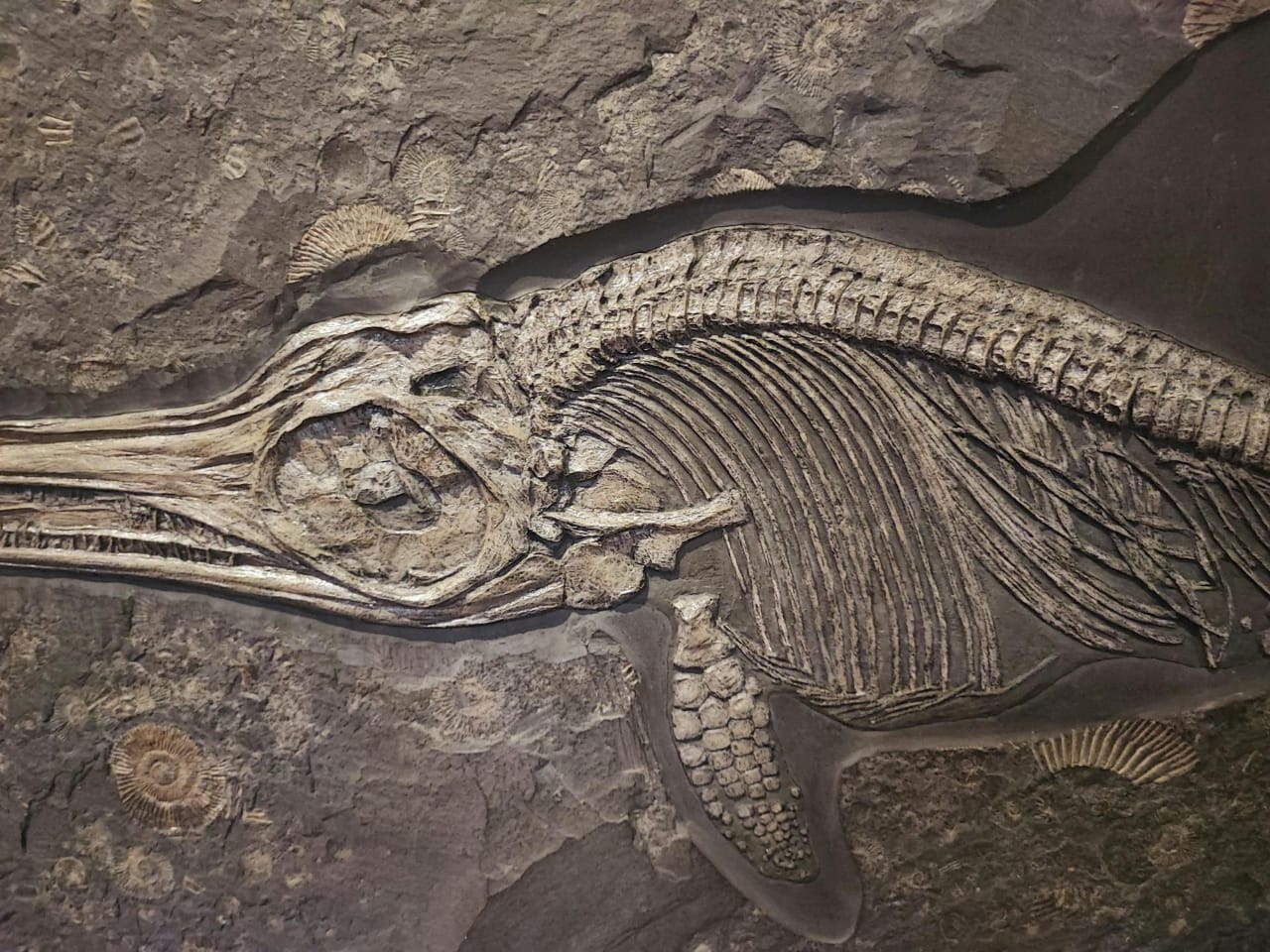Evolution of humans from Africa to Asia Lost Tribe of Palau
- Saturday, April 20,2023
- 7 comments
Human evolution is a process of change where humans or apelike ancestors first evolved in
Africa, and much of human evolution occurred on that continent. Most scientists currently
recognize some 15 to 20 different species of early humans. Modern humans i.e., Homo
sapiens lived in Africa at least 160,000 years ago and the proof is Herto man. They seem to
have stayed there for a long time. However, it is unclear when some modern humans first left
Africa. Evidence shows that these modern humans did not leave Africa between 60,000 and
90,000 years ago. Between 70,000 and 100,000 years ago, Homo sapiens began migrating
from the African continent and populating parts of Europe and Asia. They reached the
Australian continent in canoes sometime between 35,000 and 65,000 years ago and to
America within the past 30,000 years or so. The beginnings of agriculture and the first
civilizations occurred within the past 12,000 years. Droughts in Africa led to starvation, and
humans were driven to near extinction or disappearance. A climate shift was probably the
reason to pull the first humans out of Africa.
The viewpoints about the origins of these peoples are entangled with the wider debate
regarding the origins of all modern humans. The recent African origin paradigm suggests that
the anatomically modern humans outside of Africa descend from a population of Homo
sapiens migrating from East Africa roughly 70–50,000 years ago and spreading along the
southern coast of Asia and to Oceania by about 50,000 years ago. Modern humans spread
across Europe about 40,000 years ago.
The generally accepted theory, based on the 'Out of Africa' model, is that modern humans
migrated from Africa and across to Asia about 50-70,000 years ago. So, we can say that the
first modern humans arrived in India, at least some of them are likely to put a date as early as
120,000 years ago. But if you ask a population geneticist, the answer is likely to be around
65,000 years or so ago.
In this series, the discovery of Homo habilis began in 1959 when two teeth were unearthed at
Olduvai Gorge in Tanzania by a team led by Louis and Mary Leakey. Parts of a boy's
skeleton were located at the site the next year and additional fossils from other individuals
continued to be found. Homo habilis inhabited parts of sub-Saharan Africa from roughly 2.4
to 1.5 million years ago. Since Homo habilis lived over one million years ago, it is not
completely known what caused them to go extinct. However, many researchers believed they
went extinct due in large part to the fact that their technology did not evolve and adapt. Based
on 2.1-million-year-old stone tools from Shangchen, China, H. habilis or an ancestral species
may have dispersed across Asia. The youngest H. habilis specimen, OH 13, dates to about
1.65 mya. During excavations near Peking (Beijing), China, between 1929 and 1937,
researchers discovered several partial skulls of the species Homo erectus. These hominids
lived around 400,000 years ago and came to be known as Peking Man.
Homo ergaster is the first Homo that looks much like Homo Sapiens. A key difference
between H. ergaster and earlier hominins is that H. ergaster exhibits substantially less in body
size. H. ergaster males were only 20% larger than females. Likewise, modern human males
were only 15 % larger than females. This contrasts sharply with all other previous hominins,
such as the australopithecines, in which males were 50% larger than females. Homo erectus is
the longest-surviving species. The erectus discoveries have been found widespread in Africa,
Asia, and Europe. Homo erectus were very successful in creating cultural technologies that
allowed them to adapt to new environmental opportunities. The earliest Homo erectus were
contemporaries of the late Homo habilis in East Africa for several hundred thousand years.
This suggests that the immediate ancestor of Homo erectus was an early Homo
habilis or possibly another yet-to-be-discovered species of early humans. Homo erectus was
a very successful human species, lasting at least 1.5 million years, though their numbers
remained relatively low. Some of them eventually evolved into our species, Homo sapiens.
That evolutionary transition was well underway 400,000 years ago but was not complete
until 200,000-100,000 years ago and possibly even later in some regions.
Lost tribe of Palau: On a remote Indonesian island, archaeologists discovered a new,
small human species that walked the earth just 18,000 years ago. S c ie nt ist s ar e
sho cked to learn that human remains found in Indonesia in 2003 belong to a previously
unknown miniature human species that lived on a South Asian Island just 18,000 years ago.
The full-grown female human was barely a meter tall, with a skull the size of a grapefruit.
The discovery is proof, the researchers say, that human species in the recent past are much
more diverse than previously thought. Researchers previously believed that people with
such a small brain and body last walked the Earth 3 million years ago. The researchers also
discovered that despite a small brain size, the mini-humans exhibited surprisingly complex
behavior. Other discoveries around the cave indicate that they hunted communally, used
fire and made sophisticated stone tools.
Because the island is so isolated, creatures morphed into either dwarf or giant forms,
including a little elephant called a pygmy Stegodon, and Komodo dragons, giant lizards and
turtles that were almost as large as the elephants. But this is the first such incident noted in
a human species, showing that humans are subject to the same evolutionary processes as all
other mammals.
The researchers also discovered that despite a small brain size, the mini-humans exhibited
surprisingly complex behaviour. Other discoveries around the cave indicate that they
hunted communally, used fire, and made sophisticated stone tools.

